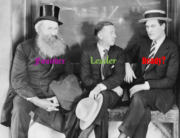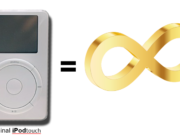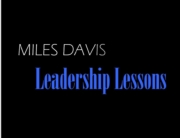For the fourth year in row, the NBA finals is a match-up between the Golden State Warriors and the Cleveland Cavaliers. If the Cavs win, it will primarily be due to the super-human strength and talent of LeBron James. However, a Warriors win would further validate the management talents of Coach Steve Kerr.
A recent article in the New York Times focused on how Coach Kerr and the Warriors spend halftime. Looking at these 15 minute routines you begin to see how Kerr’s management style leads to success.
Reviewing Past Performance: By the time the team reaches the locker room for halftime, video clips of key plays have already been selected and prepared for review.
Emphasize the Positive: Well-executed plays are deliberately included in these video reviews. Kerr uses these positive examples to remind his team of what they are capable of accomplishing. He also understands the importance of reinforcing the positive rather than just harping on the negative, especially when the team is down.
Empowering & Trusting Your Managers: You would think Kerr personally approves the plays to review. He does not. Rather, the assistant coaches make the initial designation of plays for review. Then the final decision of what to include is made by the Video Coordinator James Laughlin (whose previous experience was not as a coach but as an intern). Kerr has no input into which plays he will review during halftime. How can that be possible? That is true empowerment: His staff, including the video coordinator, have an innate understanding of Kerr’s needs that can only come from open and ongoing communication from their leader.
Clarity in Communications: Kerr has a remarkable ability to review 8-15 plays and get his point across in just a few minutes. It helps that he refined this skill as a TV analyst. But this just emphasizes the need for all managers to hone and practice their communication skills.
Inclusion in Decision Making: This highly choreographed halftime routine starts with Kerr soliciting feedback from his assistant coaches. Then, as he is reviewing the video, he consciously solicits input from the players. As center Zaza Pachulia puts it: “Everybody is a leader here. At least you have a feeling that you’re a leader.” This is the result of consciously building a culture of openness and inclusion.
All this is not to say that Coach Kerr relinquishes or avoids decision making. He has the final say on how the game is played. And his team knows this. But this is the main lesson we, as owners and managers, can learn from Coach Kerr: He is able to implement successful plans while making his staff (players and coaches) feel like they were included in the decision making process. And, as we have seen from the final series thus far, the result is in an effective, coordinated team effort towards success.









































































